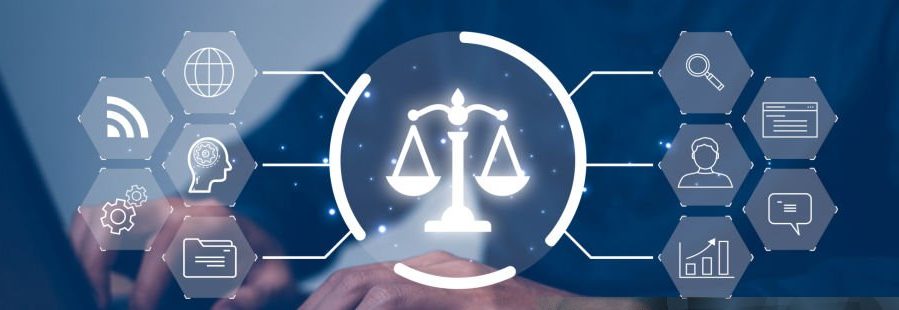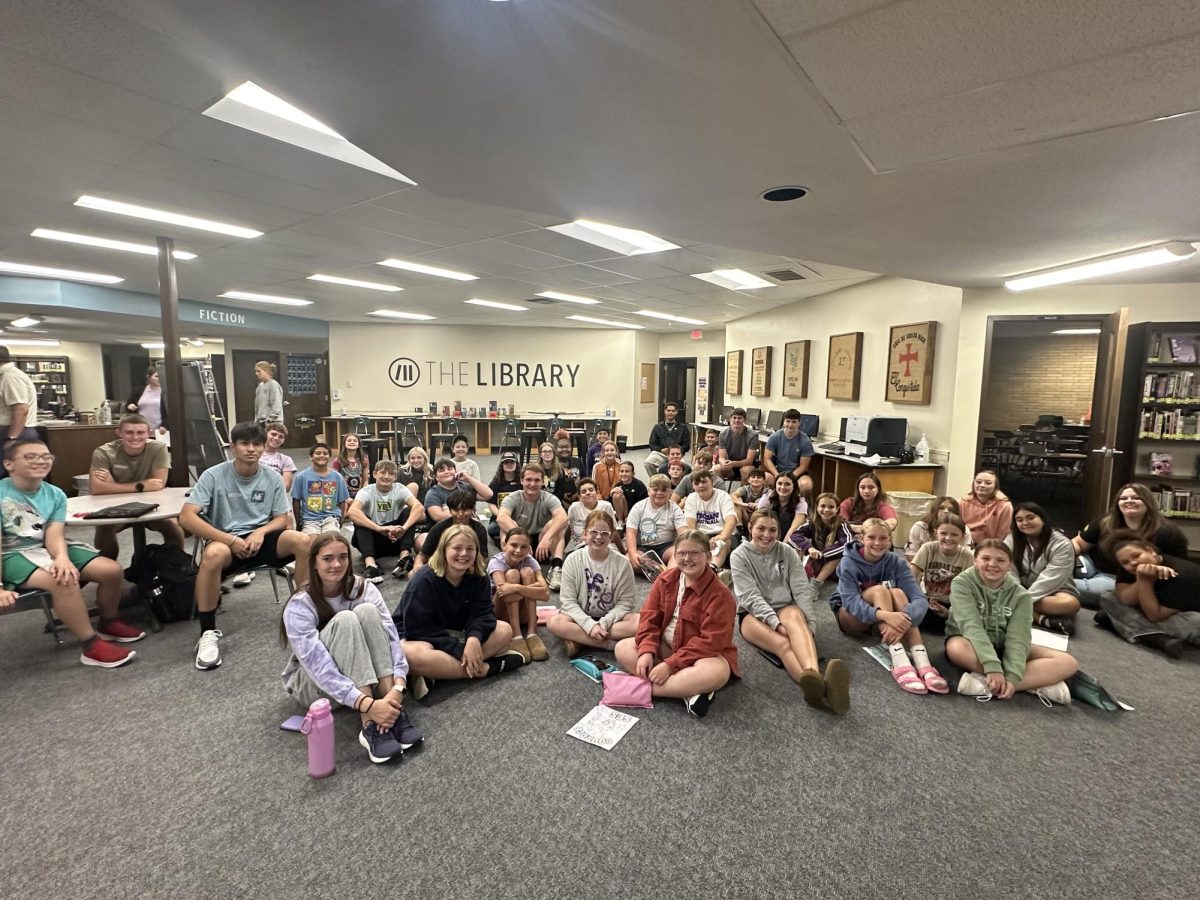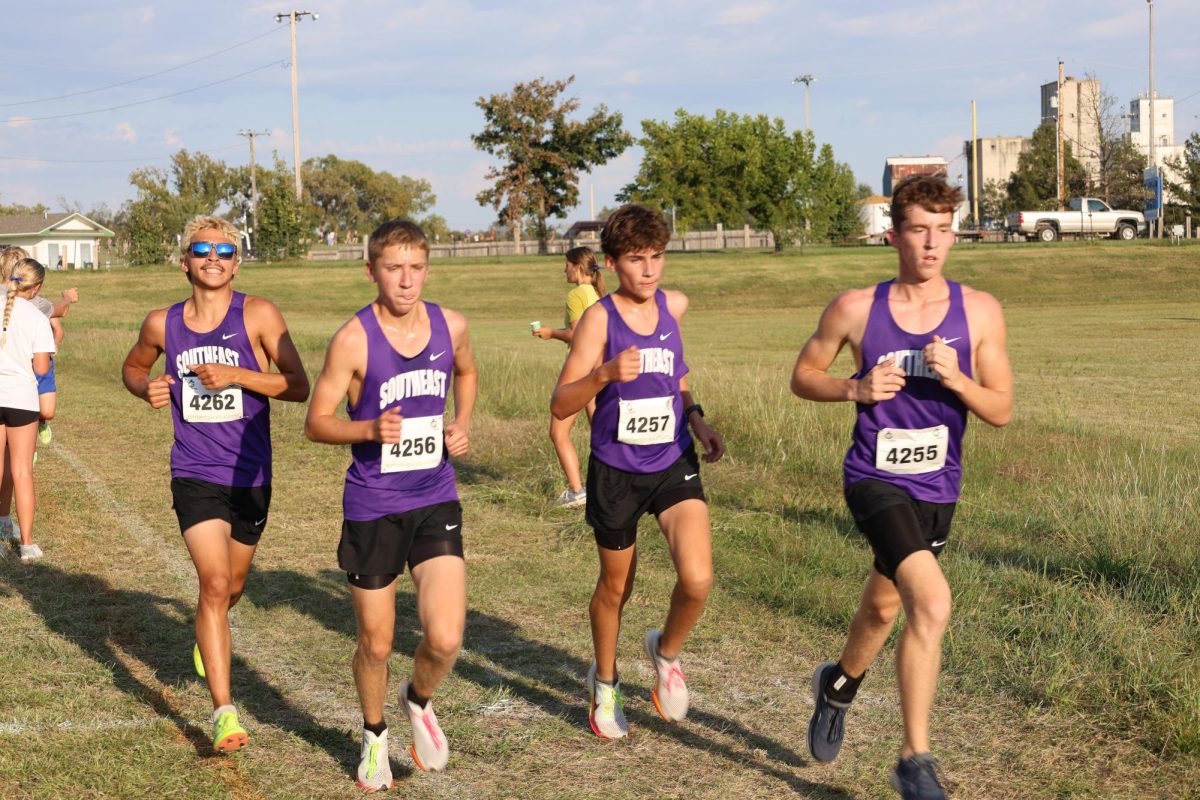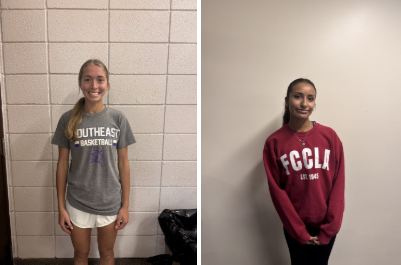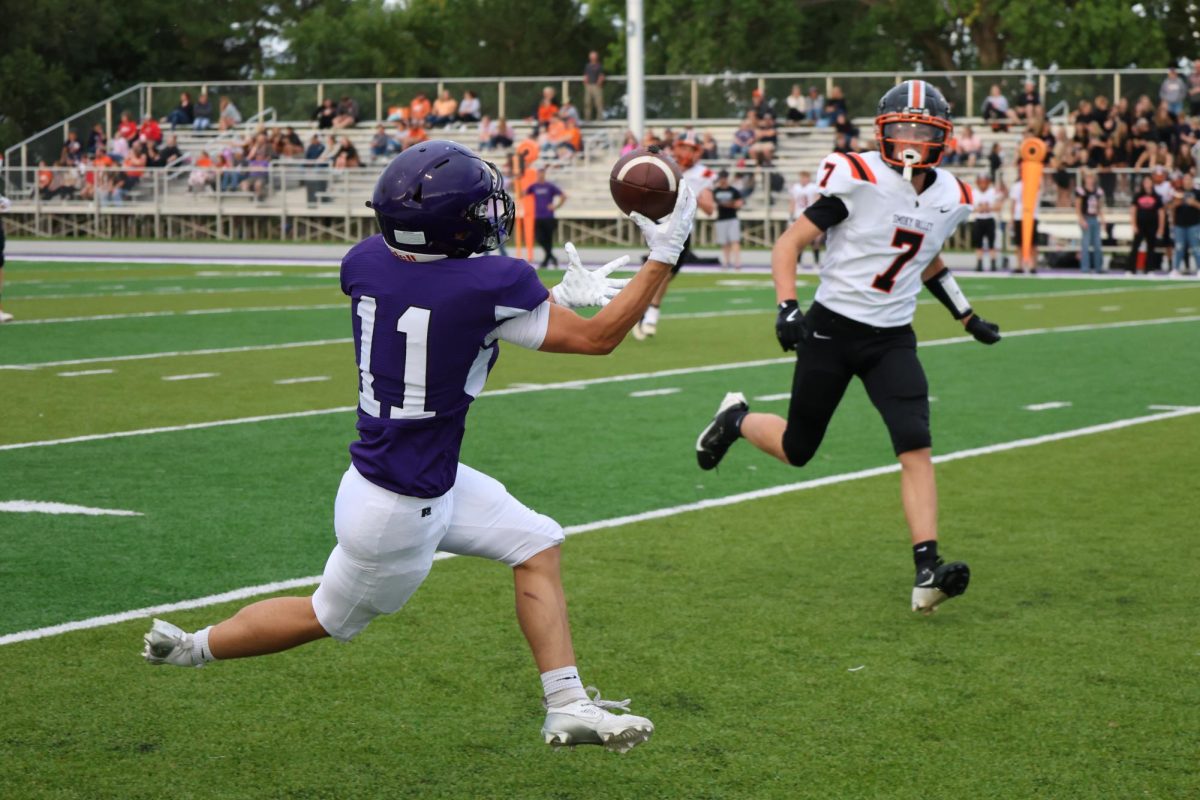Collective punishment is always an option of punishment regarding infractions or violations of school rules. However, is this the right way to govern a student body?
Recently, the SES administration has been cracking down on school rules, including enforcing harsher punishments regarding the junior high and high school students. At the beginning of the school year, student access to WiFi on personal devices was more strictly prohibited, and a new password was created to prevent students from joining available networks. The administration’s reasoning for this decision was that students were not originally intended to have WiFi on personal devices, and they didn’t know students had access to the WiFi in the first place. However, students at Southeast of Saline have had WiFi on their personal devices for a number of years. Because this was the norm, some educators in the building allowed students to utilize personal devices to enhance their academic experience in the classroom. The ultimate tipping point of this decision to change access to the WiFi was the discovery of students accessing inappropriate websites using the school WiFi on their personal devices. Because of this, the SES administration decided to take away all student WiFi. While taking access away from the specific students who abused the privilege is completely understandable, is it reasonable to take access away from all students?
Because of this decision made by administration, students must now undertake additional work and duties outside of school that they do not have the resources at school to take on. Examples of this include: uploading photos, editing videos, creating and posting social media infographics, and accessing educational apps for homework, assignments, and projects.
Senior Ben Heinrich stated, “After I take pictures at cross country meets and football games for my Publications class, I’m spending almost four to five hours editing and uploading all of my pictures at home where I have access to WiFi. Then when I get to class I have nothing to do because I’ve already done all of my work at home.” Heinrich explains that his personal device has the software necessary to edit photos for publication whereas school devices do not. These additional hours students are spending at home doing further work for classes that could easily be done at school is due to the lack of access to WiFi and cell phone service at SES. Because of the access to WiFi being taken away, students involved in classes that utilize a variety of technology not available on student Chromebooks are now left with much more work to do at home, a problem that is quickly rising within the student population.
While other surrounding schools do not have WiFi accessible for students, the schools do have cell phone service available to do all of these tasks. The main difference between Southeast and other nearby schools is that Southeast does not have access to cell phone service due to the location of the school. So, an easy solution to this problem is to have WiFi available.
Additionally, the use of artificial intelligence (AI) has also been taken away for all students. Recently, a group of students used AI to write their essays for them. This is a form of plagiarism, and the students were reprimanded in a fair manner. However, additional measures were taken to punish all SES students. Because of this case of plagiarism, the use of AI has been taken away from all students, resulting in many problems. For example, the phrase “AI” is blocked from all internet searches. Doing research on AI is now nearly impossible due to the access to the phrase being completely taken away. On top of that, students can no longer use any website that uses AI to function. An example of this is “slidesgo.com” which is a free website to obtain Google Slides template designs for projects. Many students use this website as a creative and fun tool, but now, access to this site has been prohibited.
The collective punishment of taking away AI for all students has created more problems than it has solved. Furthermore, the use of AI in writing is heavily apparent, and teachers can spot this form of plagiarism very easily. Therefore, the students caught using AI to write their papers were immediately caught and punished.
But what about everyone else using AI for educational purposes? For example, one educator uses AI to create questions and answers regarding educational texts. Moreover, many students taking mathematics courses use AI to explain how to solve specific math problems.
Recently, calculus students needed help on a math problem. This problem was specifically crafted by the instructor, who was not present at the time of the class, and was not a question that could be easily researched. When their teacher was gone and the assignment was due the following day, they decided to ask the other higher level math teacher for help. When the second instructor could not figure it out, they resorted to using AI for help. The AI taught the students in a step-by-step lesson how to solve the problem. Without AI in this situation, the students were left with no other resource in this circumstance.
AI is a 21st century tool that is not going to go away. Comparable to the tech boom that took place in education during the late 1980s and early 1990s, change and new technology can be a point of apprehension and concern for students and adults. However, it is important that we learn to adapt to these changes because artificial intelligence is currently a resource being used in many industries today including finance, healthcare, retail, manufacturing, transportation, and many more. Because of the collective punishment of taking away this tool, students who were using the resource for responsible, educational purposes have now had their ability to adapt to the world waiting for them post-graduation diminished.
According to Mr. Owen, SES Principal, his reasoning regarding this issue was “The reality is we have to treat all students equal until they are found [guilty of] whatever their situation is.” While this statement is reasonable, it begs the question: Should innocent students have freedoms removed when transgressions are committed on the part of a handful of individuals?
Ultimately, the presence of collective punishment has risen over the past couple of months at SES. While collective punishments are an unfortunate and unavoidable reality in some circumstances, it would be best to involve all stakeholders, including student voices, as much as logistically possible before arriving at these types of conclusions. It is imperative to realize that collective punishment is not the right solution in all situations.


